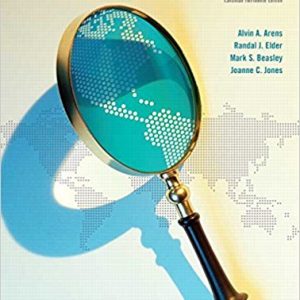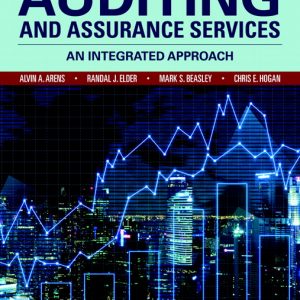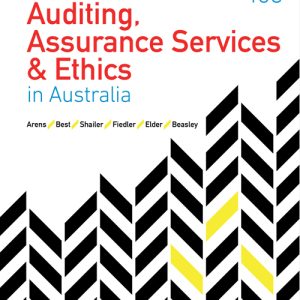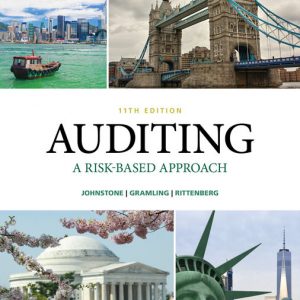Auditing, Assurance Services & Ethics in Australia
(Test Bank)
Auditing, Assurance Services & Ethics in Australia
Edition:10th Edition
Author Name: Arens, Best, Shailer, Fiedler, Elder, Beasley
contact:
Whatsapp +1 (949) 734-4773
for the Facebook page click here
for more books for ( Test Bank and Solution Manual) click here
Solution manual here
sample free
 Loading...
Loading...
*When you contact us, please give us the full information of your order,
Example:
Hi,
My name is Adam I’m from the USA I want to get this test bank
book name : Auditing, Assurance Services & Ethics in Australia
author name: Arens, Best, Shailer, Fiedler, Elder, Beasley
if you can send the ISBN NUMBER of your textbook
(You can use the 10 digit ISBN or 13 digits ISBN), this will be good,
We will send you a sample of the resource to confirm your requirement.
Note: Please do check the Junk/Spam folder of your E-mail for our reply, if not in Inbox.
we have increased our stock to a great collection list, we collect the most of Test bank and solutions wanted on all the world
This revision is packed with data, examples, graphs, photographs.
and case studies that demonstrate the material’s relevance as it teaches students to interpret data and information.

 Loading...
Loading...







Lucas (verified owner) –
you saved my life
Lucas –
Zane (verified owner) –
Good service.
Zane –